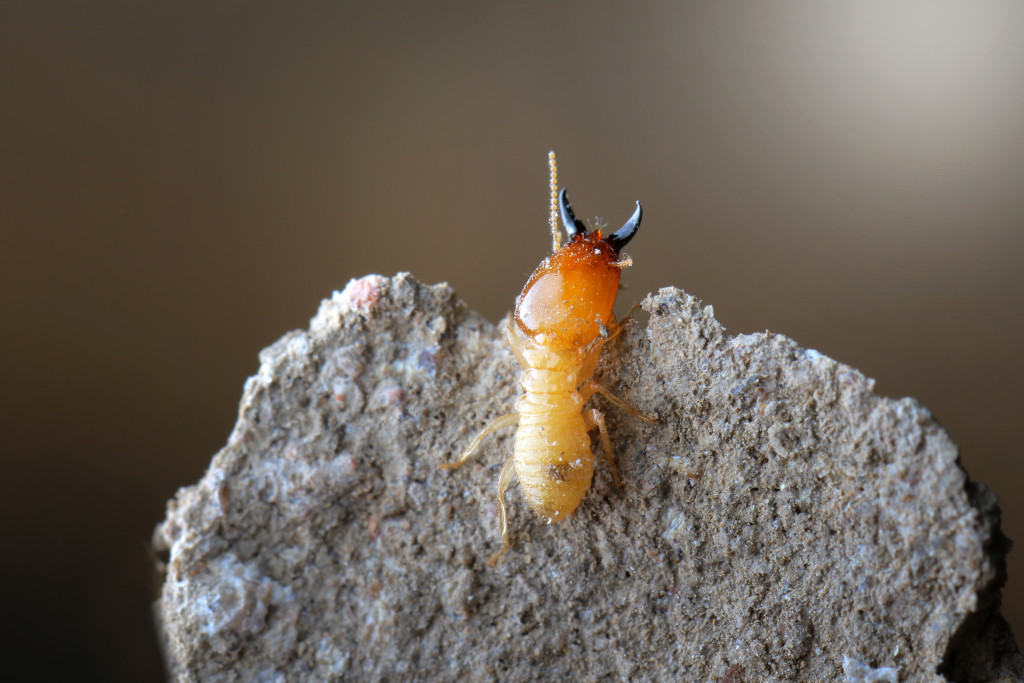- Termites are wood-feeding insects that can cause severe structural damage to homes and pose potential health risks.
- Termite infestations can decrease property value, increase pest control costs, and cause emotional distress.
- Regular termite inspections by professional pest control companies are vital to detect and address infestations early.
- Homeowners can use preventative measures like eliminating moisture, changing siding, and using treated wood to resist termites.
- Maintaining yard cleanliness can prevent termite infestations, protecting your home’s structure and your family’s health.
As homeowners, you want to ensure that your family is safe and comfortable inside your home. However, some silent destroyers lurking in the shadows of your home can significantly impact your family’s health and well-being. These are termites. Termites are small insects that can cause significant damage to the wood structures of your home. Here’s what you need to know about termites, how they can damage your home, and how to start the renovation.
What Are Termites?
Termites are small, soft-bodied insects that feed on wood and other cellulose-based materials. They live in large colonies and can often go undetected for years, causing extensive damage to your home’s structure.
How Do Termites Damage Your Home?
There are a few types of termites, but they can cause significant damage to your home and family life if left unchecked. Here are ways that can happen:
1. Structural Damage
Termites are notorious for damaging the wooden structures of homes by feeding on them. They can cause significant damage to your home’s walls, flooring, and ceiling. In severe cases, termites can even cause the collapse of your home’s wooden structures, putting your family’s safety at risk. It is essential to schedule regular termite inspections with a professional pest control company to detect and address any termite infestations before they can cause too much damage.

2. Health Risks
Termites leave behind mounds of termite dust and droppings that contain bacteria and fungi. Additionally, because they are evolutionary-related to cockroaches, they can carry the same allergens they do. These can cause respiratory problems like asthma and allergies. Worsening allergies can trigger skin irritations, rash, breathing difficulties, eye irritation, and runny nose. Keeping your home clean, dry, and termite-free is crucial to avoid health risks.
3. Property Value
A termite infestation can significantly impact the value of your property. A home severely damaged by termites will be less structurally sound and attract less resale value. It is necessary to address any termite damage promptly to avoid a decrease in your property’s resale value.
4. Pest Control Costs
Termite infestations can be expensive to tackle, and the cost can escalate rapidly, especially when left untreated for a long time. Depending on the infestation’s severity, professional termite control can cost approximately $500 to $1,500 per year. A proactive approach to protecting your home from termites can help reduce pest control costs in the long term.
5. Emotional Impact
A termite infestation can be emotionally devastating for homeowners. Seeing our family’s home damaged by these silent destroyers can be challenging. A termite infestation can cause anxiety and stress, worrying about how to eradicate the pests and the financial burden of fixing the damage. However, with the right professional help, homeowners can address the termite infestation problem and restore their peace of mind.
Home Renovations to Make Your Home Resistant to Termites
Thankfully, there are also steps you can take to make your home less attractive to termites and reduce the risk of infestation. These include:

1. Eliminate Moisture
Termites are attracted to moisture, so it is crucial to eliminate any sources of water in and around your home. Fix leaky pipes, seal cracks and gaps in your foundation, and ensure proper drainage away from your home.
2. Change Your Siding
Most homes in the U.S. use wooden siding, which is highly susceptible to termite damage. Consider replacing it with more robust steel siding, which termites cannot feed on or penetrate. The best part is that it’s inexpensive to maintain or install.
3. Use Treated Wood
If you are building a new home or renovating, use treated wood for framing and other wooden structures. Treated wood is infused with chemicals that make it resistant to termites’ feeding and can last longer than untreated wood.
4. Keep Your Yard Clean
Termites can also infest your yard and make their way into your home. Keep your yard clean by regularly mowing grass, trimming bushes, and removing dead trees or stumps. It would help to store firewood away from the house to avoid attracting termites.
Termites are a serious threat to homeowners and can cause significant damage to your home’s structure, health risks, and financial burdens. However, by taking preventive measures and regularly scheduling professional termite inspections, you can protect your home and family from these destructive insects. So, stay vigilant and address any potential termite problems promptly to ensure the safety and well-being of your loved ones.





